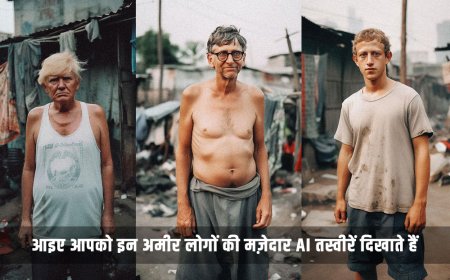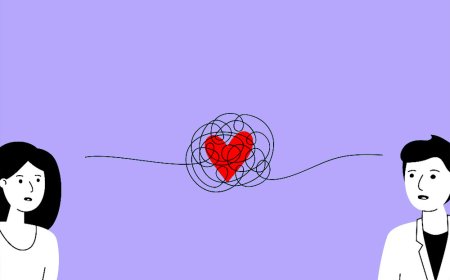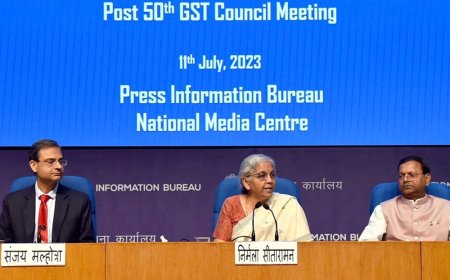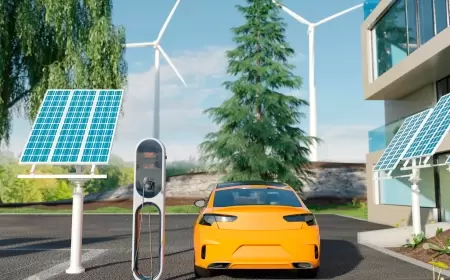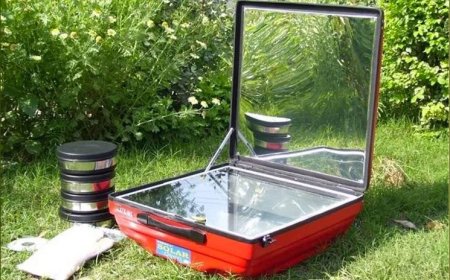'It was an accident,' says the scientists who converted damp air into sustainable energy.
Tesla predicted that energy might be created out of thin air; the question today is whether it will be feasible to harness it on the scale required to power our houses.
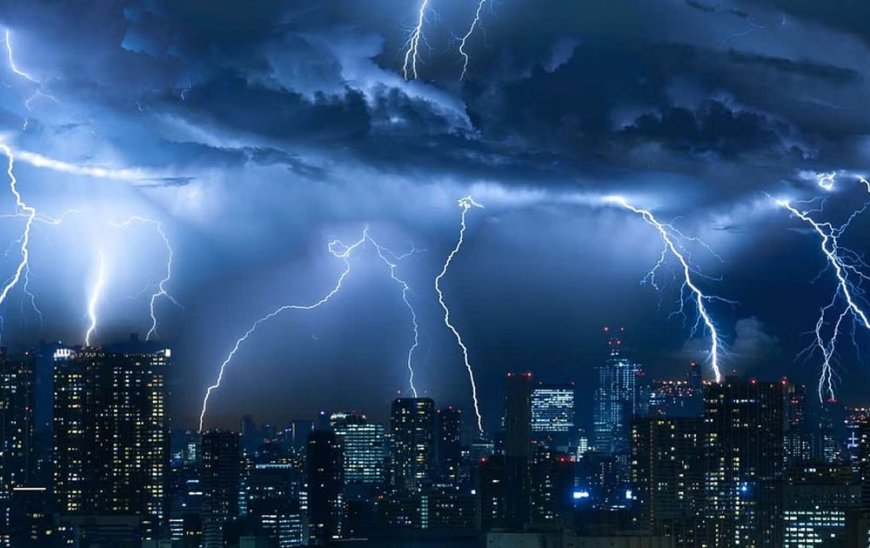
Nikola Tesla, a Serbian inventor, had a vision of extracting an endless supply of free power from the air around us in the early 20th century. Ever ambitious, Tesla viewed the Earth and high atmosphere as the two ends of a massive battery, thinking on a grand scale. His hopes never came true, but the promise of air-derived power, or hygroelectricity, is again rekindling researchers' interest. The difference is that they are thinking extremely small instead of broadly.
A team from the University of Massachusetts Amherst released a report in May claiming that they have successfully produced a tiny but continuous electric current from air humidity. It's a claim that will surely draw some criticism, and when the researchers found what led to this new study.
Prof. Jun Yao, who is the study's principal author, states bluntly that it was an accident. "In reality, we were interested in developing a simple sensor for air humidity. The student who was working on it, however, somehow neglected to connect the power.
The UMass Amherst team was shocked to see that the gadget, which consisted of a variety of small tubes or nanowires, was still creating an electrical signal.
Each nanowire had a width that was less than one-thousandth the size of a human hair, making it broad enough for an airborne water molecule to pass through but too small for it to smoothly move inside the tube. The scientists discovered that each bump left a little electrical charge in the material, and as the frequency of bumps grew, one end of the tube became differently charged from the other.
"So it's really like a battery," Yao explains. "When you connect the two pulls, the charge will flow because you have a positive pull and a negative pull."
Yao's team recently switched from using nanowires to materials that feature millions of small holes, or nanopores, instead. Their invention is about the size of a thumbnail, one-fifth the breadth of a human hair, and has a power output of around one microwatt, which is sufficient to illuminate a single pixel on a large LED panel.
What would it then take to power the remaining portions of the screen, or maybe an entire house? Yao explains, "The beauty is that there is air everywhere. "In principle, we can stack multiple layers in vertical space to increase the power," the inventor said, "even though a thin sheet of the device gives out a very tiny amount of electricity or power."
That's exactly what another team, consisting of Professor Svitlana Lyubchyk and her sons, Professors Andriy and Sergiy Lyubchyk, is attempting to achieve. Svitlana Lyubchyk, Andriy, and Sergiy are the co-founders of CascataChuva, a firm designed to put the findings to use. They are all involved in the Catcher project, located in Lisbon, which aims to "change atmospheric humidity into renewable power."
They were so visibly uncomfortable at conferences that they avoided trying to defend the value of an early proof of concept. The transmission was unstable and weak, he claims. Although we were able to produce 300 milliwatts, it took all of your energy to breathe adequate humidity into the samples.
Since then, they have advanced significantly, with Catcher and other initiatives getting financing of roughly €5.5 million (£4.7 million) from the European Innovation Council. The outcome is a thin, grayish disc that is 4 cm (1.5 in) in diameter. The Lyubchyks claim that one of these gadgets has a comparatively low output of 1.5 volts and 10 milliamps.
However, they claim that 20,000 of them packed into a washing machine-sized cube could provide 10-kilowatt hours of energy every day, or around the amount needed by the typical UK family. Even more impressive: they want to have a working prototype in 2024.
It may seem too good to be true, but Peter Dobson, an emeritus professor of engineering science at Oxford University, has been monitoring the work of both the UMass Amherst and Catcher teams, and he is bullish about their prospects."When I first learned of it, I immediately thought, 'Oh sure, another one of those.' However, this one has legs, according to Dobson.
Professor of environmental engineering at Imperial College London, Anna Korre, inquires as to the manufacturing process for these devices. "It takes time and conviction to source raw materials, cost them, determine their environmental impact, and scale them up for implementation."
The cost will always be a major problem, even when the last obstacle of linking thousands of these devices together has been surmounted. Colin Price, a professor of geophysics at Tel Aviv University, believes that all new energy technologies must include the "green premium," or the extra cost associated with selecting a clean technology over one that produces more greenhouse emissions.
It should work if you can engineer it, scale it, and prevent contamination from air bacteria. He continues by saying that while there are still some significant issues to be solved before this technology can be used to power our houses, preventing microbial contamination is more of an "exciting engineering challenge" than a fatal fault.
Research and development, investments, tax advantages for clean energy sources, and levies on dirty energy sources should all help to lower the current high green premiums for this technology.
The Lyubchyks predict that the levelized cost of energy from these devices, which is the average net present cost of electricity generation for a generator over its lifetime, will initially be high, but that by going into mass production, they will be able to significantly reduce it and eventually make this hygroelectric power competitive with solar and wind. But for it to succeed, they'll need funding, access to raw materials, and processing machinery.
The Catcher team has obtained greater results using zirconium oxide, a substance of interest in fuel cell research, whereas the UMass Amherst researchers are working with organic materials, which in principle can be made with reasonable ease. The Lyubchyks had intended to build up a supply from their own Ukraine, which has large resources, but Russia's ongoing full-scale invasion of the nation has obliged them to operate with relatively limited supplies purchased from China for the time being.
The crew is aware that optimizing a prototype and increasing production may take years, but the rewards are obvious if they are successful. Hygroelectric generators could operate day and night, indoors and outdoors, and in a variety of locations, unlike solar or wind power. The team even envisions using its gadgets to create building materials in the future. Imagine utilizing this material to erect portions of a structure, Andriy suggests. "There is no infrastructure or need for energy transfer."
Although Tesla's vision of producing endless amounts of power from the air is still a long way off, Yao argues that even in the murkier parts of the sky, there may be cause for hope. He claims that the water molecules in the air are huge energy reservoirs. "In a thunderstorm, there is where the lightning effect occurs. There is no question that this kind of energy exists. It has to do with how we gather it.
What's Your Reaction?
 Like
0
Like
0
 Dislike
0
Dislike
0
 Love
0
Love
0
 Funny
0
Funny
0
 Angry
0
Angry
0
 Sad
0
Sad
0
 Wow
0
Wow
0




































